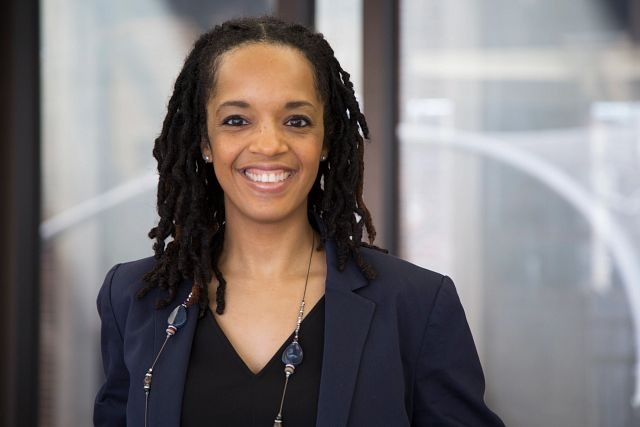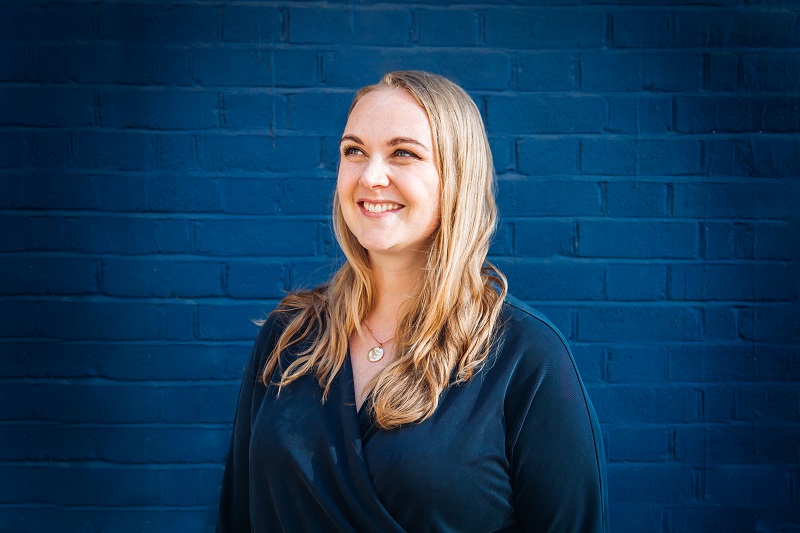New research into how companies can adopt meaningful diversity, equity and inclusion (DEI) practices has revealed there are still gaps to be filled, as Professor Stephanie Creary from the Wharton School at the University of Pennsylvania explains.
How do companies know if their DEI practices are working, and are their middle managers fully engaged in the process?
To answer these two key questions, Stephanie Creary, Assistant Professor of Management at the Wharton School, University of Pennsylvania, led a research project among US companies.
The findings, set out in the resulting report, Improving workplace culture through evidence-based diversity, equity and inclusive practices, show that there is still much to be done to make work environments more equitable.
Creary felt compelled to conduct the research as in the 15 years she’d spent examining corporate DEI practices, very little had changed.
“So many companies have been busy implementing DEI initiatives without a clear understanding of whether they are accomplishing their goals,” says Creary.
“I saw that as the first challenge and opportunity. The second was that DEI practitioners have struggled to get middle managers engaged in the work that they’re doing.”
DEI practitioners have tended to implement diversity training or form employee resource groups, following considered best practices. Still, there is no analysis of how they led to tangible change.
Says Creary: “In the US workforce, people of colour have a worse experience than their white counterparts, and women a worse experience than men. Nothing has changed over the years, yet we continue to do Pulse surveys and question why there is always a gap.”
Organisational effectiveness and diversity
“The average DEI practice has all the ingredients, what we call medicine in our report, sitting on the shelf,” Creary says.
“What the practice or practitioner is not doing is assessing which are the best three medicines at its disposal to treat the issues it has. Practitioners need to identify the ailment or issue correctly then strategically address it in an evidence-based manner.
Creary’s latest report spells out the process in more detail: starting with analysing the data, four key steps for practitioners and engaging middle managers.
To help companies understand better the business imperative of having a diverse and inclusive culture, she uses the term “organisational effectiveness”. Diversity makes an important contribution to organisational effectiveness.
Creary adds: “It’s hard for people to make the link between culture change and profits. When we’re talking about creating a more effective organisation, where the moving parts are working and coordinating more effectively across differences, you need all the people in their various job functions to be talking to one another.
“When we don’t have a culture that embraces diversity, it’s hard to get the work done. Fundamentally, businesses do care that people work together effectively.”
Creary adds: “When we’re thinking about producing anything, whether it’s coming up with an idea, a process, a product or a service, in most organisations it’s not just one person deciding everything. Research shows that, whenever we source more ideas from different people, the result is richer than it would have been if only one person had come up with the idea.”
She argues that marginalised people often face structural and interpersonal barriers that prevented them from contributing and making their voices heard. That meant that a critical group was missing out.
Equity boosts contribution
The organisational effectiveness message has been easier to get across in the past year, as people acknowledge that the experiences of others matter, especially in the wake of the pandemic and Black Lives Matter. Institutional investors in the US, such as State Street and BlackRock, have joined the conversation on racial equity and have recognised that people cannot contribute without equity.
As Creary says: “Things look more promising this year than in all the years leading up to 2020 – when previously people split the moral from the business case when in effect, they are not different things.”
Initially, most DEI training tended to be compliance orientated. That posed a problem, says Creary: “When it becomes one person’s job, who only has expertise in one area, it cannot sustain all the needs of DEI,” Says Creary.
“DEI can’t just be about HR, compliance, markets or people analytics. It needs to be about them all. The DEI team needs to have people with different professional expertise contributing to the wider DEI issues. That’s not what happens and is what I see as a gap.”
Young job seekers care about diversity
Another imperative for employers is that school and college leavers have grown up learning about and respecting diversity. It, therefore, followed that they would want to work for organisations that embraced it.
Creary underlines this: “I teach DEI classes, and often the students will ask how to tell whether a company really cares about diversity or are woke-washing. I reply that they will only know that when they work there.
“If they are feeling excluded, sidelined, silenced or as though they don’t belong, or if they tell their manager that they’re having a hard time contributing and the answer is to try harder, then they’ll know that the idea of valuing DEI has not trickled down.”
She admits that it’s not easy to attract people from diverse backgrounds to a company, especially if it is perceived as hostile territory. This makes it even more important to keep on focusing on improving representation.
Creary plans to continue her research into DEI practices to help leaders be more thoughtful and scientific in their approach. One of the problems is that companies don’t always collect the data to show whether or not their DEI practices are working.
Her message is: “Collect data on everything, especially when you run a programme on people’s experiences. When doing your employee survey, correlate to see if that mentoring programme shifted the inclusion scores. It’s not hard to do.
“People perceive measuring progress as a barrier, firstly because legal teams view it as such and secondly, not everybody understands how to do it. You need a person who understands data to help you. There really is https://diversityq.com/5-ways-to-build-a-mentally-fit-workplace-culture-1514378/a need to begin assessing if what you’re doing is working.”








